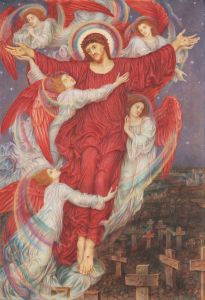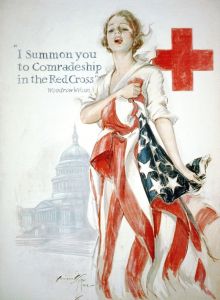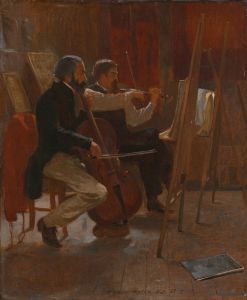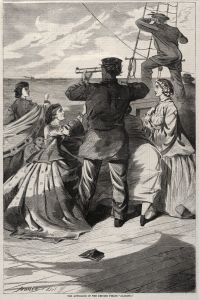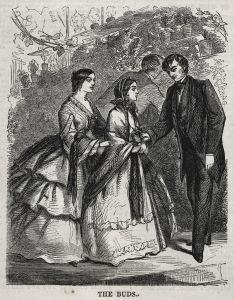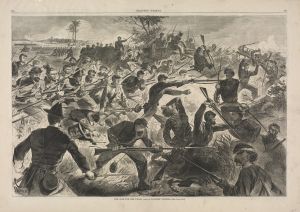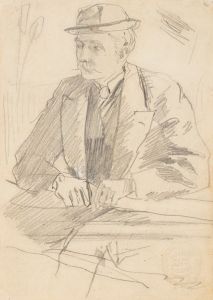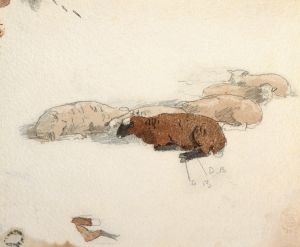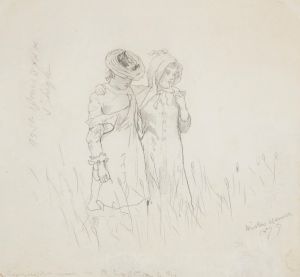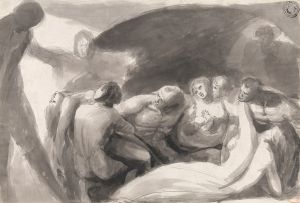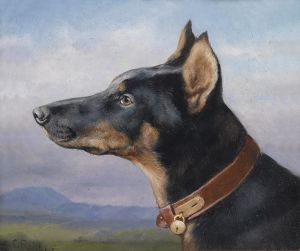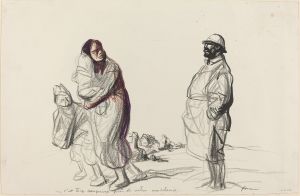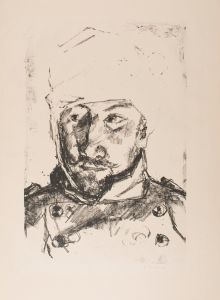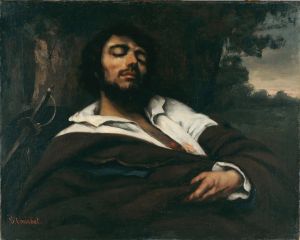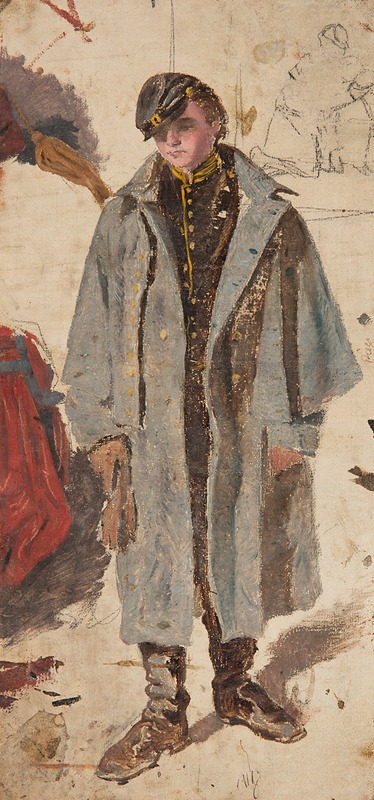
Young Soldier, Sketch of a Soldier Giving Water to a Wounded Companion
A hand-painted replica of Winslow Homer’s masterpiece Young Soldier, Sketch of a Soldier Giving Water to a Wounded Companion, meticulously crafted by professional artists to capture the true essence of the original. Each piece is created with museum-quality canvas and rare mineral pigments, carefully painted by experienced artists with delicate brushstrokes and rich, layered colors to perfectly recreate the texture of the original artwork. Unlike machine-printed reproductions, this hand-painted version brings the painting to life, infused with the artist’s emotions and skill in every stroke. Whether for personal collection or home decoration, it instantly elevates the artistic atmosphere of any space.
Winslow Homer, an American artist renowned for his landscape paintings and depictions of American life, created the watercolor "Young Soldier, Sketch of a Soldier Giving Water to a Wounded Companion" during the American Civil War. This work is a poignant representation of the human side of war, capturing a moment of compassion amidst the chaos of battle.
Homer was born on February 24, 1836, in Boston, Massachusetts, and began his career as a commercial illustrator. During the Civil War, he worked as an artist-correspondent for Harper's Weekly, a popular magazine of the time. His assignments took him to the front lines, where he sketched scenes of military life and combat. These experiences profoundly influenced his work, providing him with firsthand insight into the realities of war.
The watercolor "Young Soldier, Sketch of a Soldier Giving Water to a Wounded Companion" is believed to have been created around 1864. It is a testament to Homer's ability to convey emotion and narrative through his art. The painting depicts a young soldier offering water to a wounded comrade, highlighting themes of camaraderie, sacrifice, and humanity. The simplicity of the composition, combined with the emotional depth of the scene, exemplifies Homer's skill in capturing the essence of human experience.
Homer's Civil War works are notable for their focus on the individual soldier rather than grand battle scenes. This approach allowed him to explore the personal impact of war, emphasizing the experiences of those who fought and suffered. In "Young Soldier," the act of giving water becomes a symbol of kindness and solidarity, transcending the brutality of the surrounding conflict.
The watercolor medium used in this piece is significant, as it showcases Homer's mastery of the technique. Watercolor allowed him to create delicate, nuanced images that conveyed both the immediacy and the emotional weight of the moment. His use of light and shadow, as well as his attention to detail, contribute to the overall impact of the work.
Homer's Civil War art, including "Young Soldier," played a crucial role in shaping public perception of the war. By focusing on the human element, he provided viewers with a more intimate understanding of the conflict's toll on individuals. His work resonated with audiences of the time and continues to be appreciated for its historical and artistic significance.
After the war, Winslow Homer transitioned to painting more peaceful subjects, eventually becoming one of America's leading landscape painters. However, his Civil War pieces remain an essential part of his legacy, offering insight into a pivotal period in American history.
"Younger Soldier, Sketch of a Soldier Giving Water to a Wounded Companion" is housed in the collection of the Cooper Hewitt, Smithsonian Design Museum. It remains a powerful reminder of the compassion and resilience that can emerge even in the darkest times. Through this work, Homer not only documented a moment in history but also captured the enduring spirit of humanity.





